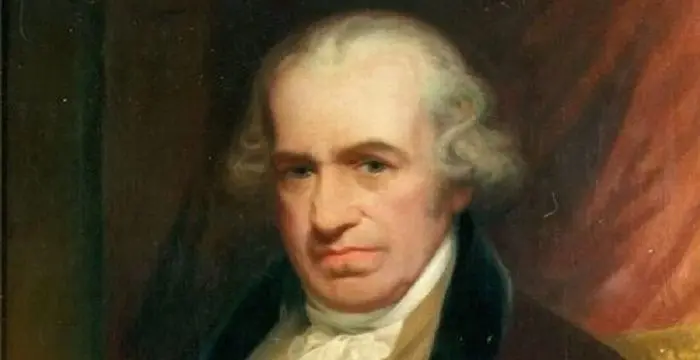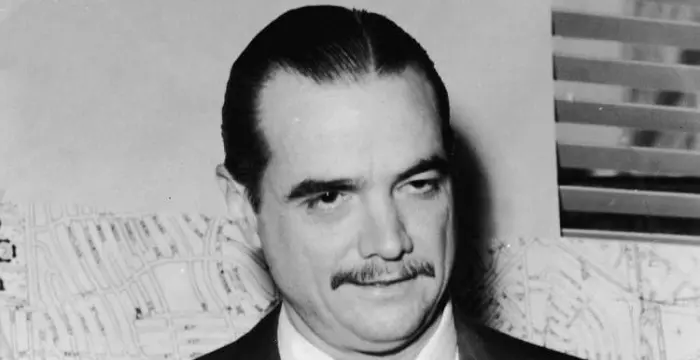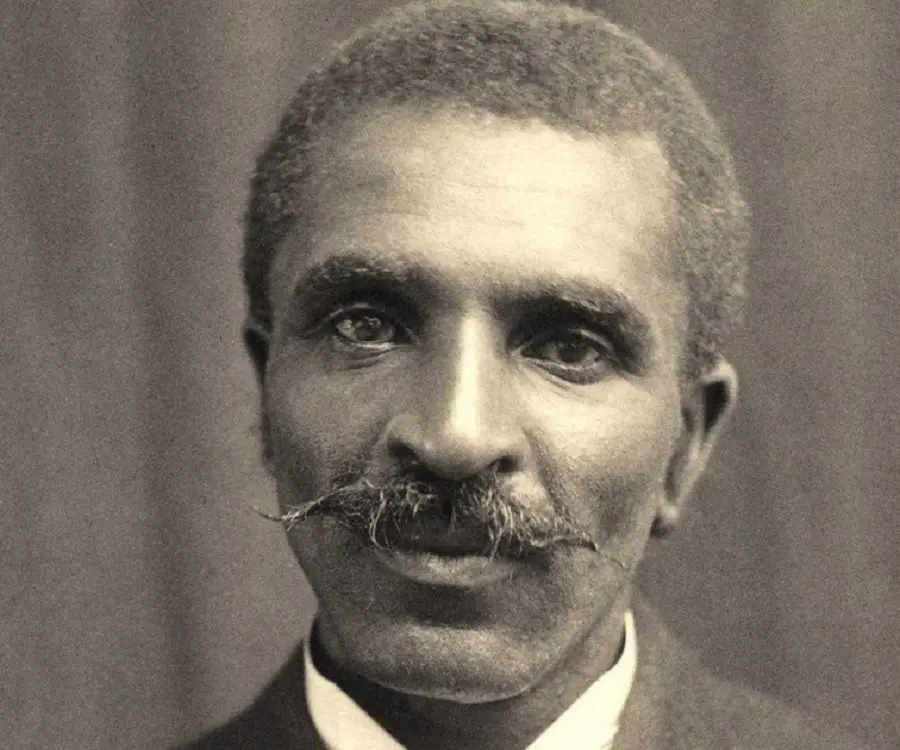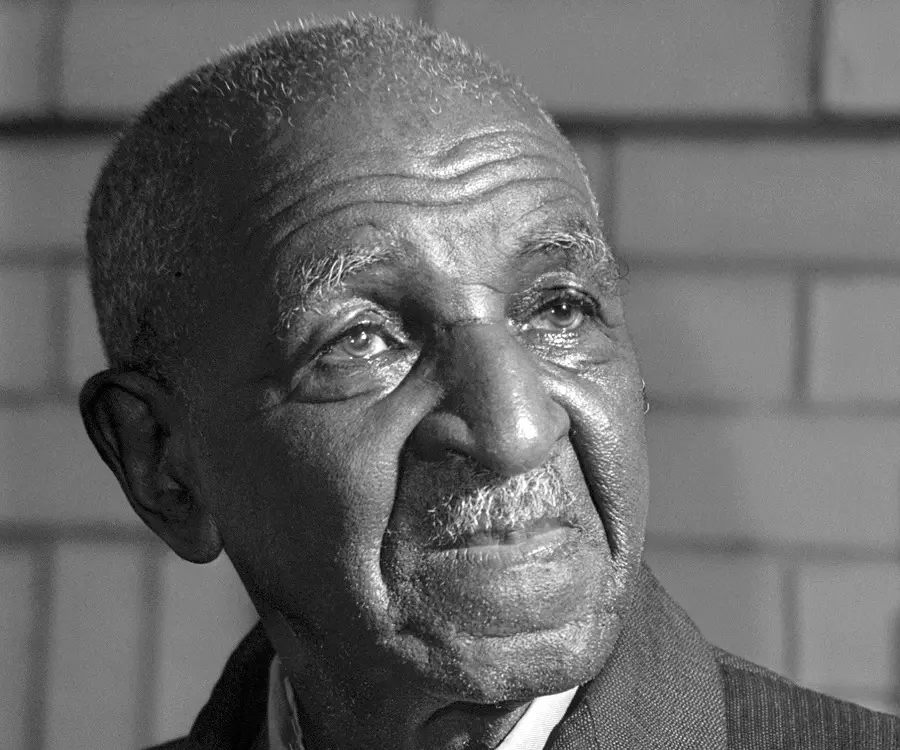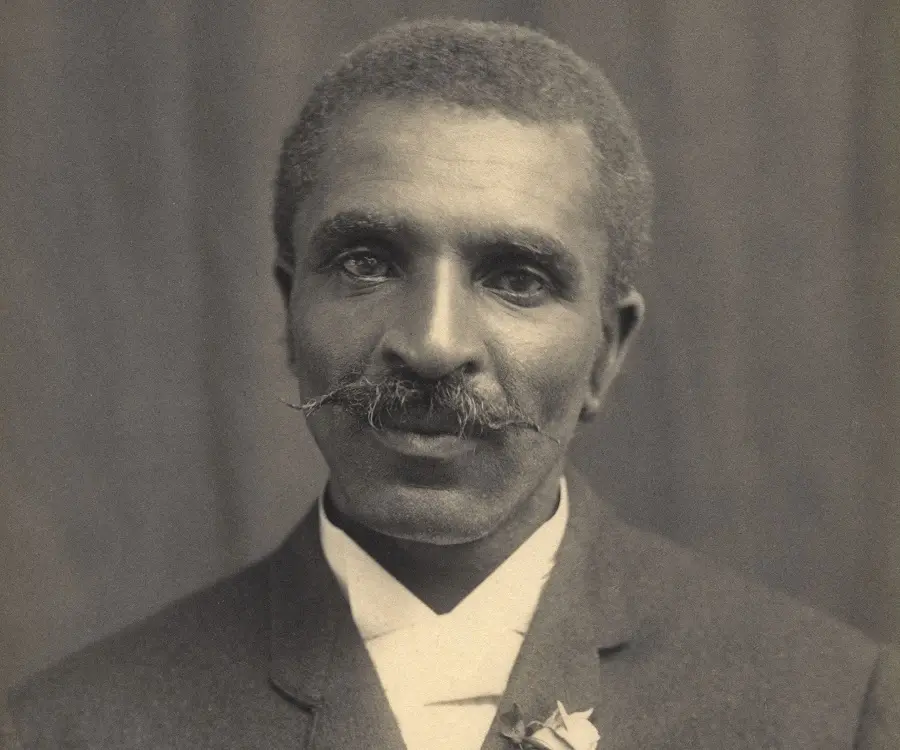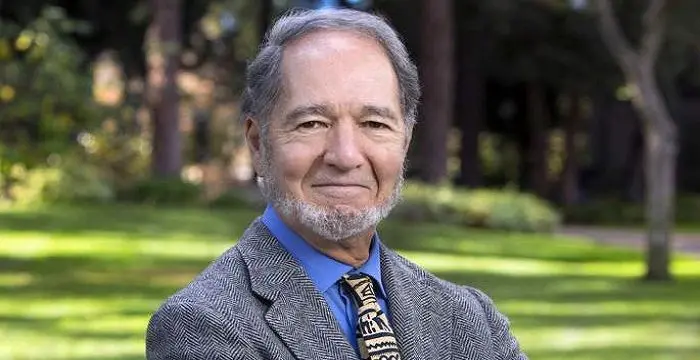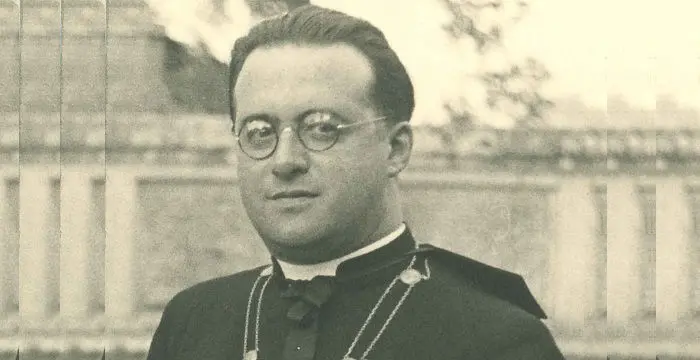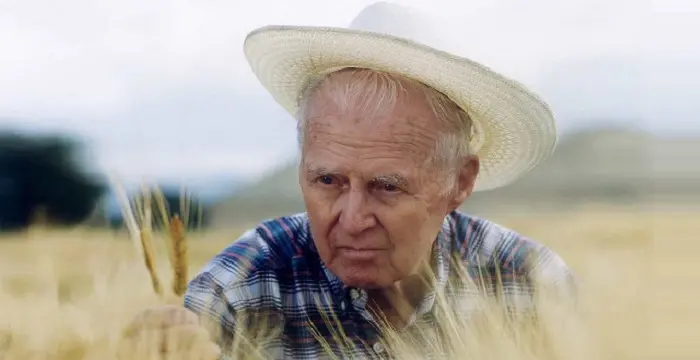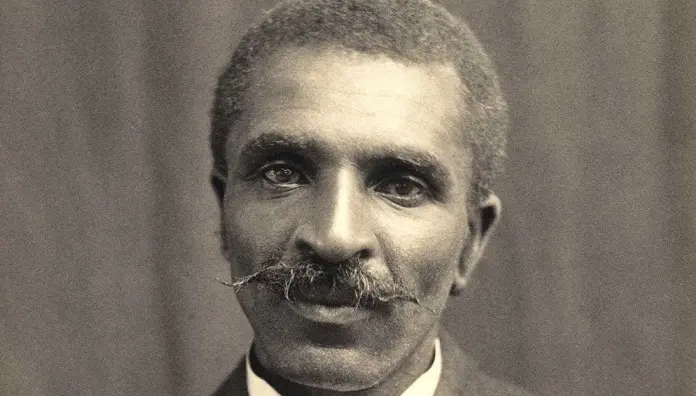
George Washington Carver - Scientists, Timeline and Family
George Washington Carver's Personal Details
George Washington Carver was an American scientist and inventor
| Information | Detail |
|---|---|
| Birthday | January 1, 1864 |
| Died on | January 5, 1943 |
| Nationality | American |
| Famous | African American Slaves, Black Inventors, Black Scientists, Inventors & Discoverers, Agricultural Scientists, Botanists, Inventors, Scientists |
| City/State | Missouri |
| Siblings | James |
| Universities |
|
| Founder / Co-Founder |
|
| Discoveries / Inventions |
|
| Birth Place | Diamond, Missouri, U.S. |
| Religion | Christianity |
| Gender | Male |
| Father | Giles |
| Mother | Mary |
| Sun Sign | Capricorn |
| Born in | Diamond, Missouri, U.S. |
| Famous as | Scientist & Inventor |
| Died at Age | 79 |
// Famous Inventors
Thomas Newcomen
Thomas Newcomen was a British inventor who developed the world’s first steam engine. Browse through this biography to learn in details about his life, career, works and timeline.
Erno Rubik
The famous inventor and educationist, Erno Rubik is known world-wide for his invention the ‘Rubik’s Cube’. To know more about the childhood, profile, timeline and career of this famous architect-inventor read on.
Howard Hughes
Howard Hughes was an American aviator, business tycoon, philanthropist and also a film maker. This biography explores his childhood, career, achievements and timeline.
George Washington Carver's photo
Who is George Washington Carver?
Often referred to as the ‘Father of Chemurgy’, George Washington Carver was an African-American scientist, botanist and inventor who discovered more than 300 uses for peanuts. He is regarded as one among the ‘100 Greatest African-Americans’, for his innovative agricultural methods that made a positive change in the lives of countless poor farmers. He overcame racial prejudice, got education and became a scientist, dedicating his entire life in the research of plant life and its numerous possibilities that led to the betterment of mankind. He encouraged the growth of alternative crops, which helped increase nutrition in soil, thus helping poor farmers increase their productivity. He created products from peanuts that could be used for the home and in the farm, which included cosmetics, dyes, plastics, paints and even gasoline. He is revered as one of the greatest inventors of the 20th century, who advised distinguished personalities including President Theodore Roosevelt, Indian leader Mahatma Gandhi, President John Calvin Coolidge, Jr. and the Crown Prince of Sweden. His work played a significant and pivotal role in the revival of the agricultural economy in the late 19th century and the early half of the 20th century.
// Famous Scientists
Jared Diamond
Jared Mason Diamond is an American scientist and author reputed for his highly acclaimed and popular science books.
Georges Lemaître
Georges Lemaitre was a Belgian scientist and priest. This biography of Georges Lemaitre profiles his childhood, life, career, achievements and timeline.
Joseph Lister
Joseph Lister was a British surgeon who was the founder of antiseptic medicine. This biography of Joseph Lister provides detailed information about his childhood, life, achievements, works & timeline.
Childhood & Early Life
George Washington Carver was born in Diamond, Missouri, U.S. to an enslaved couple, Mary and Giles, who were owned by Moses Carver, a German-American immigrant.
Within a week of his birth, he was kidnapped along with his mother and other slaves by night raiders from Arkansas. While his mother and the rest kidnapped were sold in Kentucky, he was saved through an agent of Moses Carver.
Moses Carver and his wife Susan raised him and his brother James as their own. They advised him to pursue his interests and Susan taught him to read and write.
At that time, local schools did not take in African-American children and hence he had to undertake 10 miles of journey every day to attain education. After receiving education at a number of schools, he received a diploma from the Minneapolis High School.
He got admission at the Highland College in Highland, Kansas, but when he arrived, he was rejected due to his race. He later went to Beeler, Kansas City, where he set up a conservatory; maintained plants, flowers and a geological collection.
Career
In 1888, after he was granted a loan of $300 from the Bank of Ness City, he decided to study art and piano at the Simpson College in Indianola, Iowa, joining the next year.
Encouraged by his art teacher to pursue education in the field of botany, in 1891, he began to attend the Iowa State Agricultural College in Ames. He became the first African-American student of the institute.
Encouraged by his professors at Iowa State, he continued research at the Iowa experiment station for two years. His work in pathology and mycology, earned him national recognition as a botanist.
In 1896, the president of the Tuskegee Institute, Booker T. Washington invited him to become the head of their Agriculture Department. He accepted the offer and soon introduced alternative crops for farmers.
At Tuskegee Institute, he played a pivotal role in strengthening their research centre. He introduced the concept of crop rotation and conducted research on crop products.
His efforts in the study of the development and the diversification of crops helped a large number of farmers. This created a sense of self sufficiency and means of livelihood for poor farmers.
He also introduced an innovative mobile classroom, ‘Jesup wagon', which facilitated the spread of his cultivation methods to farmers. This was funded by New York financier and philanthropist Morris Ketchum Jesup.
From 1915, he began to experiment and research on the various new uses of peanuts, soybeans, pecans and sweet potatoes. He had a set of assistants who had to put together existing uses.
In 1916, his popular bulletin, ‘How to Grow the Peanut and 105 Ways of Preparing it for Human Consumption', was published for the first time.
In 1920, he gave a speech at the Peanut Growers Association on the different ways in which peanuts can be used. He also spoke at the United Peanut Associations of America, elaborating on 'The Possibilities of the Peanut'. He also demonstrated 145 peanut products. The next year he gave a testimony before the congress for a tariff on imported peanuts.
In 1922, the tariffs that he proposed were passed on imported peanuts. With this, he became a popular public figure. He was also admired by President Theodore Roosevelt.
After 1922, he published six agricultural bulletins. He also authored articles in many peanut industry journals and also wrote the syndicated newspaper column, ‘Professor Carver's Advice’.
From 1923 to 1933, he went on a tour to the Southern colleges to advocate the cause of the Commission on Interracial Cooperation. By this time his advice was sought by many prominent personalities, including the Crown Prince of Sweden.
From 1933 to 1935, he researched on the use of peanut oil massages to cure infantile paralysis, also known as polio. However, research showed that it was massages that helped and not the peanut oil.
From 1935 to 1937, he became involved in the USDA Disease Survey, in order to study the various causes of the number of plant diseases. His master’s degree in plant diseases and mycology helped him in this project.
In 1937, he participated in two conferences on chemurgy, an emerging field at that time, which dealt with the production of products from agricultural raw materials.
In 1938, he established the George Washington Carver Foundation, which aimed to continue research activities in the field of agriculture. He donated a sum of $60,000 to the foundation.
Awards & Achievements
In 1916, he was inducted into the Royal Society of Arts in England.
In 1923, he received the Spingarn Medal, conferred by NAACP annually for outstanding achievement.
In 1928, he received an honorary doctorate from Simpson College.
In 1939, he received the Roosevelt Medal for 'Outstanding Contribution to Southern Agriculture'.
Personal Life & Legacy
He did not marry throughout his life. However, in his forties, he became romantically involved with Miss Sarah L. Hunt, an elementary school teacher. She was the sister-in-law of Warren Logan, Tuskegee Institute Treasurer.
At seventy years of age, he shared a close relationship with Austin W. Curtis, Jr, his research partner and fellow scientist.
He died at the age of 78, after suffering from complications which had been caused due to an accidental bad fall down the stairs at his home.
On July 14, 1943, the George Washington Carver National Monument was opened at the National Park Service, Missouri. Franklin Delano Roosevelt donated $30,000 for the monument.
In 1977, he was posthumously inducted into the Hall of Fame for Great Americans.
In 1990, he was posthumously inducted into the National Inventors Hall of Fame.
In 1994, Iowa State University conferred upon him the tile, 'Doctor of Humane Letters'.
In 2005, the American Chemical Society declared his research at the Tuskegee Institute as a National Historic Chemical Landmark.
In 2007, the Missouri Botanical Gardens dedicated a garden in his name. The place also installed a commemorative statue of him and displayed material relating to his work and achievements.
Trivia
As a child, this famous American inventor and scientist was intrigued by insects, reptiles and plants. He would often bring many insects home and his guardian was shocked when she once asked him to empty his pockets.
// Famous Inventors & Discoverers
Nikola Tesla
Nikola Tesla was a Serbian-American inventor, best known for his development of alternating current electrical systems. This biography of Nikola Tesla provides detailed information about his childhood, life, achievements, works & timeline.
Thomas Newcomen
Thomas Newcomen was a British inventor who developed the world’s first steam engine. Browse through this biography to learn in details about his life, career, works and timeline.
Erno Rubik
The famous inventor and educationist, Erno Rubik is known world-wide for his invention the ‘Rubik’s Cube’. To know more about the childhood, profile, timeline and career of this famous architect-inventor read on.
George Washington Carver's awards
| Year | Name | Award |
|---|---|---|
Other | ||
| 0 | 1923 - Spingarn Medal from the NAACP for outstanding achievement. | |
| 0 | 1939 - Roosevelt Medal for Outstanding Contribution to Southern Agriculture. | |
George Washington Carver biography timelines
- // 5th Jan 1864George Washington Carver was born in Diamond, Missouri, U.S. to an enslaved couple, Mary and Giles, who were owned by Moses Carver, a German-American immigrant.
- // 1888In 1888, after he was granted a loan of $300 from the Bank of Ness City, he decided to study art and piano at the Simpson College in Indianola, Iowa, joining the next year.
- // 1891Encouraged by his art teacher to pursue education in the field of botany, in 1891, he began to attend the Iowa State Agricultural College in Ames. He became the first African-American student of the institute.
- // 1896In 1896, the president of the Tuskegee Institute, Booker T. Washington invited him to become the head of their Agriculture Department. He accepted the offer and soon introduced alternative crops for farmers.
- // 1915From 1915, he began to experiment and research on the various new uses of peanuts, soybeans, pecans and sweet potatoes. He had a set of assistants who had to put together existing uses.
- // 1916In 1916, his popular bulletin, ‘How to Grow the Peanut and 105 Ways of Preparing it for Human Consumption', was published for the first time.
- // 1916In 1916, he was inducted into the Royal Society of Arts in England.
- // 1920 To 1921In 1920, he gave a speech at the Peanut Growers Association on the different ways in which peanuts can be used. He also spoke at the United Peanut Associations of America, elaborating on 'The Possibilities of the Peanut'. He also demonstrated 145 peanut products. The next year he gave a testimony before the congress for a tariff on imported peanuts.
- // 1922In 1922, the tariffs that he proposed were passed on imported peanuts. With this, he became a popular public figure. He was also admired by President Theodore Roosevelt.
- // 1922After 1922, he published six agricultural bulletins. He also authored articles in many peanut industry journals and also wrote the syndicated newspaper column, ‘Professor Carver's Advice’.
- // 1923 To 1933From 1923 to 1933, he went on a tour to the Southern colleges to advocate the cause of the Commission on Interracial Cooperation. By this time his advice was sought by many prominent personalities, including the Crown Prince of Sweden.
- // 1923In 1923, he received the Spingarn Medal, conferred by NAACP annually for outstanding achievement.
- // 1928In 1928, he received an honorary doctorate from Simpson College.
- // 1933 To 1935From 1933 to 1935, he researched on the use of peanut oil massages to cure infantile paralysis, also known as polio. However, research showed that it was massages that helped and not the peanut oil.
- // 1935 To 1937From 1935 to 1937, he became involved in the USDA Disease Survey, in order to study the various causes of the number of plant diseases. His master’s degree in plant diseases and mycology helped him in this project.
- // 1937In 1937, he participated in two conferences on chemurgy, an emerging field at that time, which dealt with the production of products from agricultural raw materials.
- // 1938In 1938, he established the George Washington Carver Foundation, which aimed to continue research activities in the field of agriculture. He donated a sum of $60,000 to the foundation.
- // 1939In 1939, he received the Roosevelt Medal for 'Outstanding Contribution to Southern Agriculture'.
- // 5th Jan 1943He died at the age of 78, after suffering from complications which had been caused due to an accidental bad fall down the stairs at his home.
- // 14th Jul 1943On July 14, 1943, the George Washington Carver National Monument was opened at the National Park Service, Missouri. Franklin Delano Roosevelt donated $30,000 for the monument.
- // 1977In 1977, he was posthumously inducted into the Hall of Fame for Great Americans.
- // 1990In 1990, he was posthumously inducted into the National Inventors Hall of Fame.
- // 1994In 1994, Iowa State University conferred upon him the tile, 'Doctor of Humane Letters'.
- // 2005In 2005, the American Chemical Society declared his research at the Tuskegee Institute as a National Historic Chemical Landmark.
- // 2007In 2007, the Missouri Botanical Gardens dedicated a garden in his name. The place also installed a commemorative statue of him and displayed material relating to his work and achievements.
// Famous Agricultural Scientists
Norman Borlaug
Norman Borlaug was an American biologist known as the “Father of the Green Revolution”. This biography of Norman Borlaug provides detailed information about his childhood, life, achievements, works & timeline.
M. S. Swaminathan
Dr. M.S. Swaminathan is a renowned Indian geneticist and administrator, who made a stellar contribution in the success of India's Green Revolution program. Check out this biography to know about her childhood, life, achievements, works & timeline.
George Washington Carver's FAQ
What is George Washington Carver birthday?
George Washington Carver was born at 1864-01-01
When was George Washington Carver died?
George Washington Carver was died at 1943-01-05
Where was George Washington Carver died?
George Washington Carver was died in Tuskegee, Alabama, U.S.
Which age was George Washington Carver died?
George Washington Carver was died at age 79
Where is George Washington Carver's birth place?
George Washington Carver was born in Diamond, Missouri, U.S.
What is George Washington Carver nationalities?
George Washington Carver's nationalities is American
Who is George Washington Carver siblings?
George Washington Carver's siblings is James
What was George Washington Carver universities?
George Washington Carver studied at Simpson College, Iowa State Agricultural College
Which company or organization was founded by George Washington Carver?
George Washington Carver was the founder/co-founder of Carver Penol Company, The Carver Products Company Carvoline Company
What is George Washington Carver's inventions/discoveries?
Discovered Three Hundred Uses For Peanuts And Hundreds More For Soybeans, Pecans And Sweet Potatoes, Peanut Butter was invented (or discovered) by George Washington Carver
What is George Washington Carver's religion?
George Washington Carver's religion is Christianity
Who is George Washington Carver's father?
George Washington Carver's father is Giles
Who is George Washington Carver's mother?
George Washington Carver's mother is Mary
What is George Washington Carver's sun sign?
George Washington Carver is Capricorn
How famous is George Washington Carver?
George Washington Carver is famouse as Scientist & Inventor
